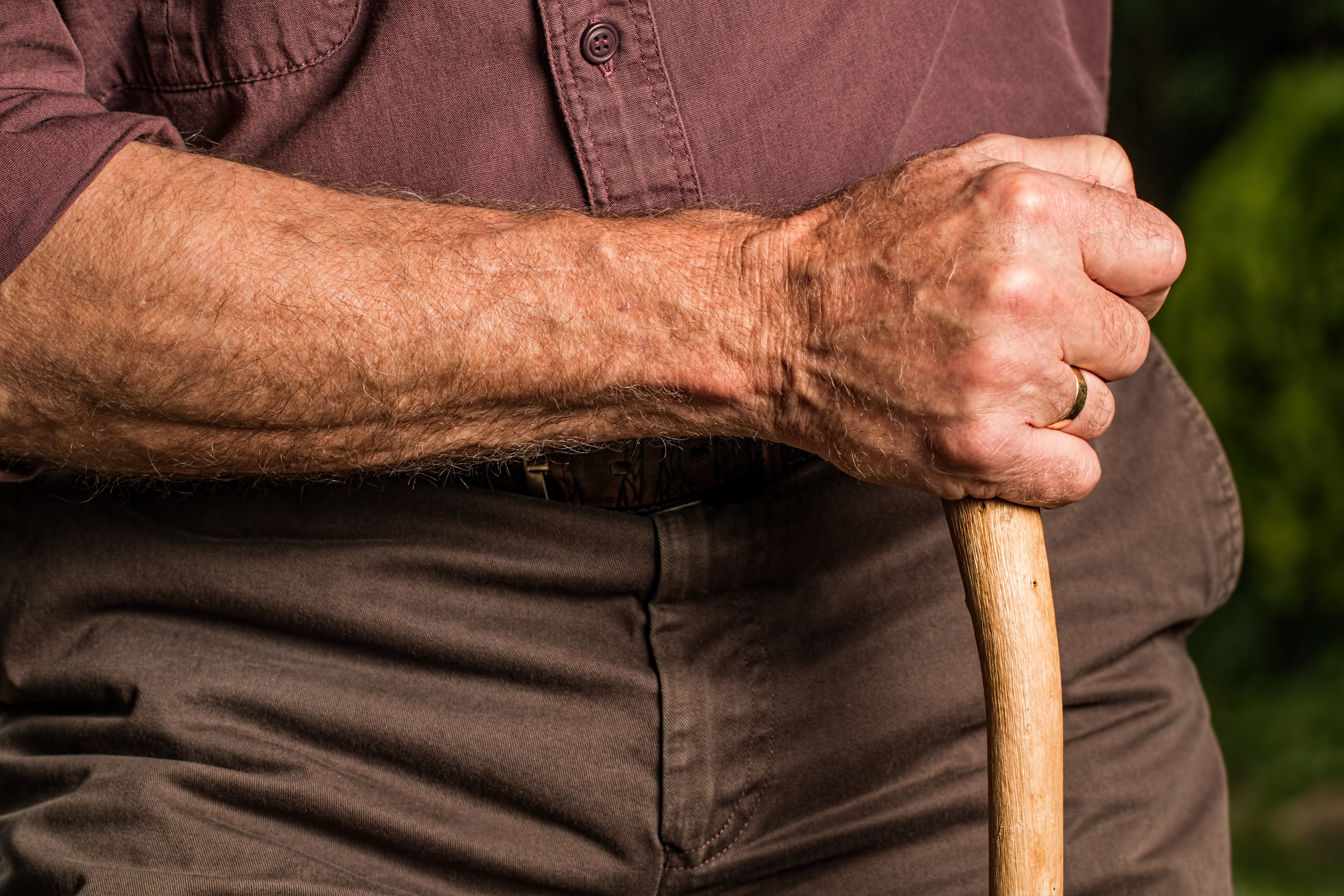By Caroline Tapp-McDougall
Walkers or rollators have applications for people with many different types of disabilities and lifestyles. By portraying a non-institutional look and encouraging at-home use, today’s walkers actually help many individuals to remain living independently or with minimal assistance. For many, it is important to have support when walking or carrying objects—and the opportunity to rest during a journey.
People with not only physical conditions but also neurological disabilities can be helped by the use of a walker. For those with the following conditions, walkers offer increased safety, comfort and autonomy in a variety of ways.
Parkinson’s disease: Individuals with Parkinson’s disease tend to walk faster and faster until they fall. Using a rollator provides the individual with support and a barrier that will push back, slow them down and stop them from falling. Adding an optional slow-down brake will help further when cognition is an issue.
Alzheimer’s disease: People with Alzheimer’s disease need a focal point—a frame of reference. A walker can keep their attention more focused on their environment.
Respiratory conditions: A walker can help with carrying heavy oxygen equipment through an oxygen tank holder accessory, which clips easily onto the basket. The seat of the walker provides a place to rest when the user is tired or short of breath.
Broken hip: At times, after breaking a hip or having a hip replacement, a person cannot walk as far as before. Plus, support is needed when walking. In these situations, an uninterrupted walking pattern is important.
Stroke: Some people who have experienced a mild stroke can still walk with a rollator, using a one-hand brake and one forearm support on the affected side.
Arthritis: Those with arthritis often require support when walking and usually can’t walk long distances without resting. Accessories such as anatomical handles can be added to maximize use and independence while minimizing fatigue.
Osteoporosis: Individuals with osteoporosis often stoop, and invariably need help to stand up and walk unsupported. A walker with the handles slightly extended can help them to move independently and encourage improved breathing and better posture. The walker also offers safety from falling.












